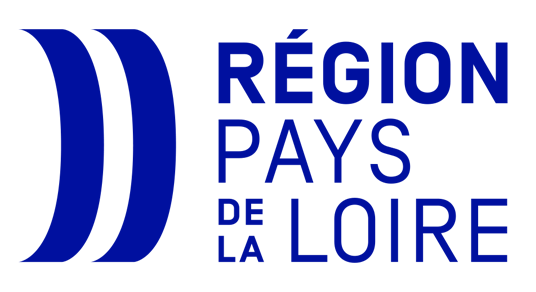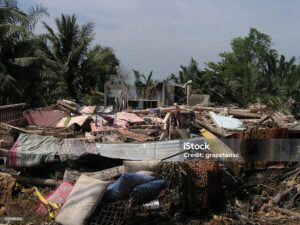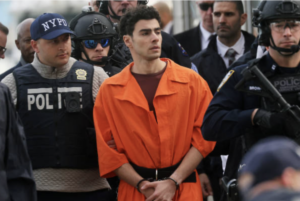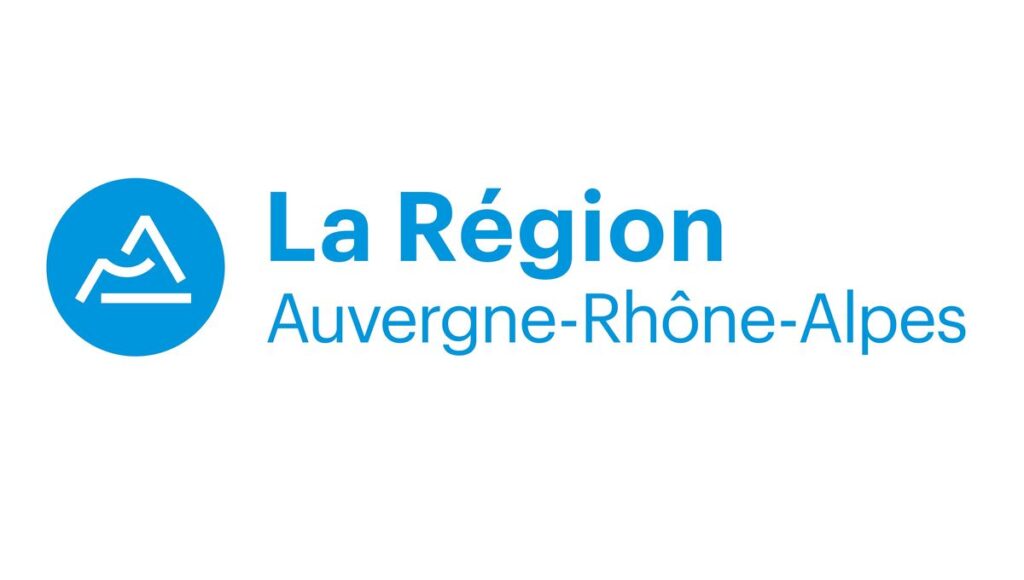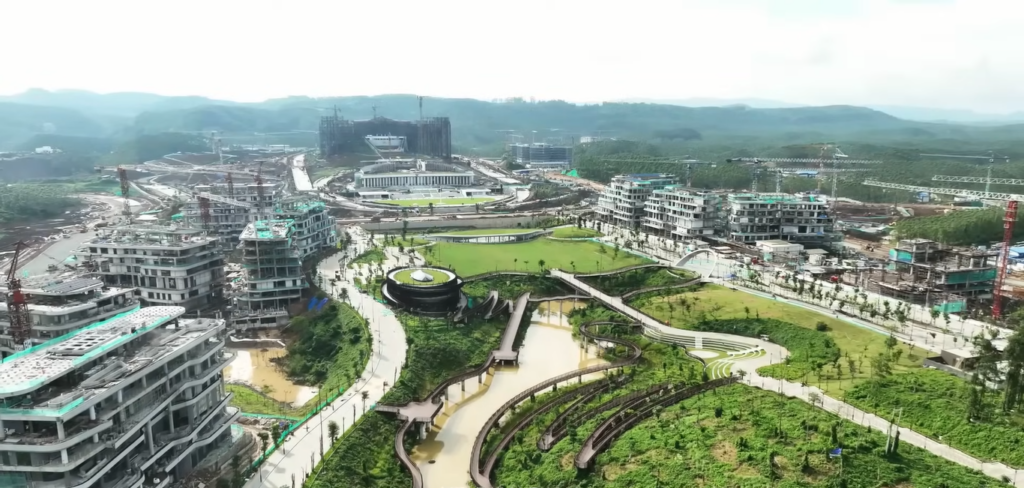Nusantara, the New Political Capital
In August 2019, it was decided that Jakarta would become the country’s economic capital, while the political capital would be moved to Nusantara, a city located in East Kalimantan province, on the island of Borneo.
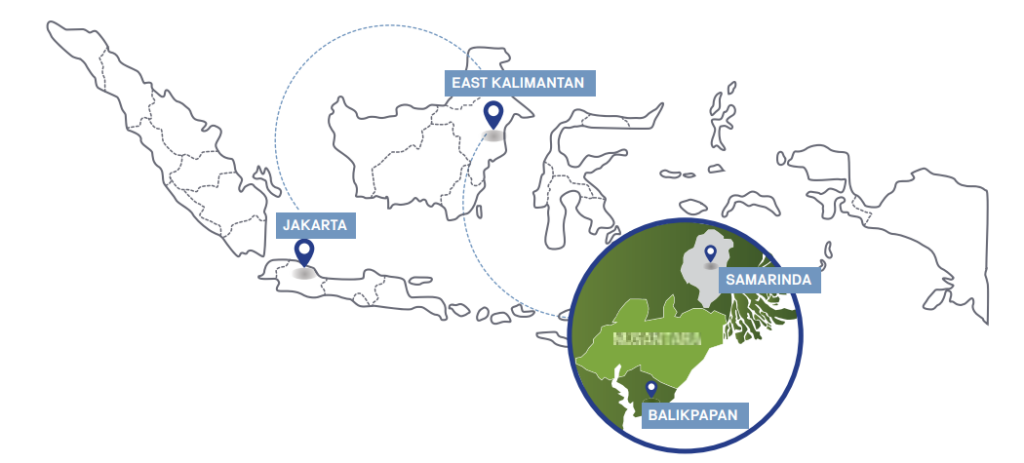
Jakarta Facing Growing Challenges
Jakarta, the current capital of Indonesia, is facing many issues: overpopulation, pollution, land subsidence, and the risk of flooding due to rising sea levels. It has then become inevitable for the Indonesian government to consider relocating the capital.
Why Nusantara?
Several reasons explain this choice:
- The country aims to rebalance national development by boosting regions beyond Java, which is already thriving thanks to tourism and the presence of Jakarta.
- Moreover, the country wants to create a new global model of a sustainable and smart city, relying on renewable energy.
- Finally, the city’s location would reduce its exposure to environmental risks compared to Jakarta, as this city is farther from the coast.
Nusantara, A Project Initiated by the Former President
The Nusantara project was launched by former President Joko Widodo (2014-2024). In 2019, he presented it as a way to modernize Indonesia, manage the fast-growing population, boost the economy, and solve Jakarta’s problems.
To ensure the continuity of this project, former President Widodo passed several laws and decrees:
- Firstly, in 2022, the Capital Relocation Law officially confirmed moving the capital from Jakarta to Nusantara and set legal rules for funding and planning the project.
- Next, the Nusantara Capital Authority (OIKN) was created to manage the project, overseeing city planning, construction, and environmental issues.
- Finally, in 2023, a presidential decree allowed land acquisition for Nusantara’s construction. This decision raised concerns as it allows the government to expropriate local populations without fair compensation.
« Joko Widodo wants this to be part of his legacy and to ensure that there’s no turning back. He wants to make it official that the capital has indeed been relocated. »
(Delphine Allès, political scientist and expert on Indonesia and the Indo-Pacific)
Vision 2045: A Model of Sustainable Development
The Nusantara project is part of the Indonesia Vision 2045, which aims to make the country one of the 7 largest global economies within the next 20 years. The city will embody this ambition by becoming: a “clean, climate-resilient, sustainable, and livable city”. It also aims to help Indonesia accelerate its ecological transition and reach carbon neutrality.
Nusantara will use advanced technology, renewable energy, and resilient infrastructure to deal with climate challenges. The city is designed as a smart city with digital public services, intelligent public transport, and a green-healthy environment. The city also aims to attract investors and skilled workers to boost economic growth and innovation.
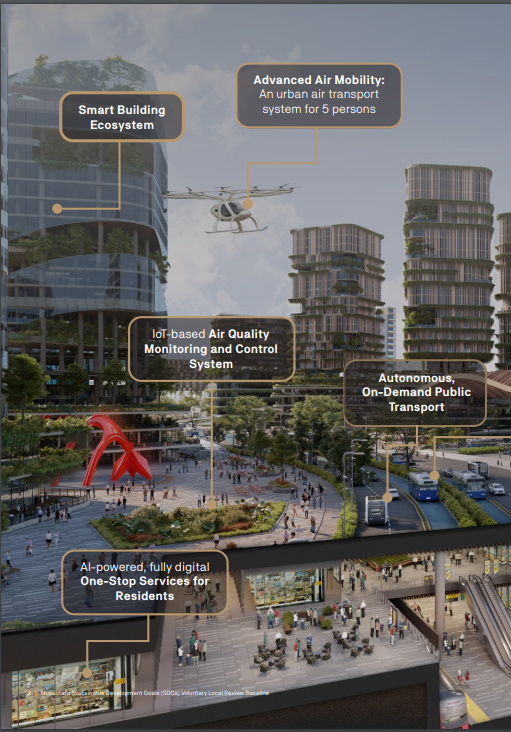
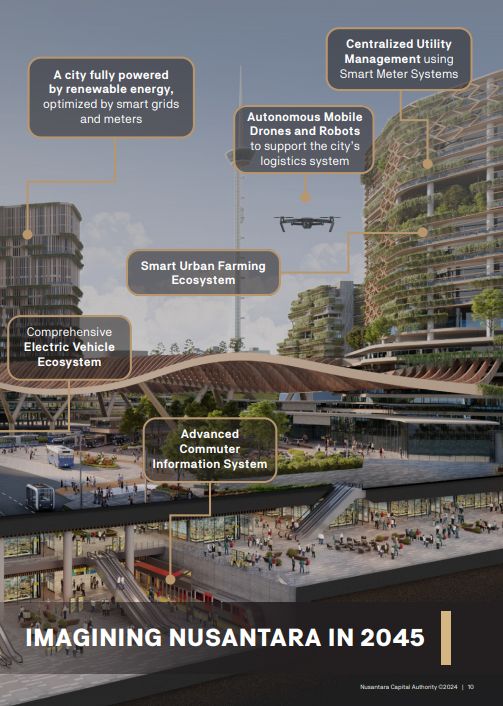
(©IKN, images from Nusantara Sustainable Development Goals (SDGs) Voluntary Local Review Baseline)
Concerns about Nusantara
The project to relocate Indonesia’s capital to Nusantara raises concerns about its environmental and social impacts. Indeed, local communities have expressed fears of being expropriated or losing their fishing livelihoods.
Moreover, the construction of the city requires massive infrastructure, which threatens this fragile area and the nearby protected forests, home to the last Bornean orangutans. Environmental protection organizations, such as Forest Watch Indonesia, have reported deforestation of 18,000 hectares between 2018 and 2021 (France Info). Although the government announced a biodiversity management plan, which aims to restore degraded ecosystems, it raises concerns about the long-term effectiveness of such measures (especially given the damage already caused by the ongoing construction impacts).
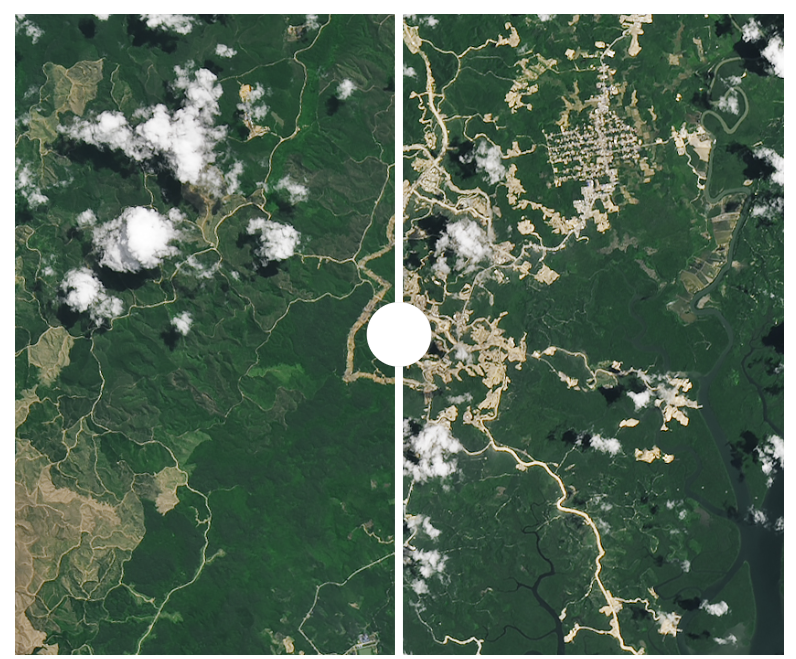
Nusantara, a potential model in the future?
Despite these challenges, Nusantara is presented as a potential model for future cities, combining sustainability, technological innovation, and social inclusion. The Indonesian government aims to make this city a global reference, demonstrating how cities can grow responsibly. However, there are still challenges to overcome, such as funding for the city’s construction, which relies on about 80% foreign investment, as well as issues related to local communities and the preservation of the biodiversity.
Then, the success of the project will depend on the government’s ability to remain committed to its objectives and promises. By 2045, we may see whether this project will succeed, as Nusantara is expected to host nearly 2 million people
DETAILS ABOUT THE PROJECT
Nusantara’s « Net Zero » Strategy
At COP28, in 2023, the government introduced the « Nusantara Net Zero Strategy 2045 ». This strategy detailed how the city will achieve its environmental objectives, planned in 5 phases between 2022 and 2045, through 5 strategies:
STRATEGY I: Forestry and Other Land Uses (FOLU)
Aligned with the government’s commitment to making Nusantara a « forest city », by covering 65% of the city (around 167,000 hectares) with forest. This will reduce greenhouse gas emissions, increase carbon sequestration, preserve biodiversity by preventing deforestation, and improve residents’ overall quality of life.
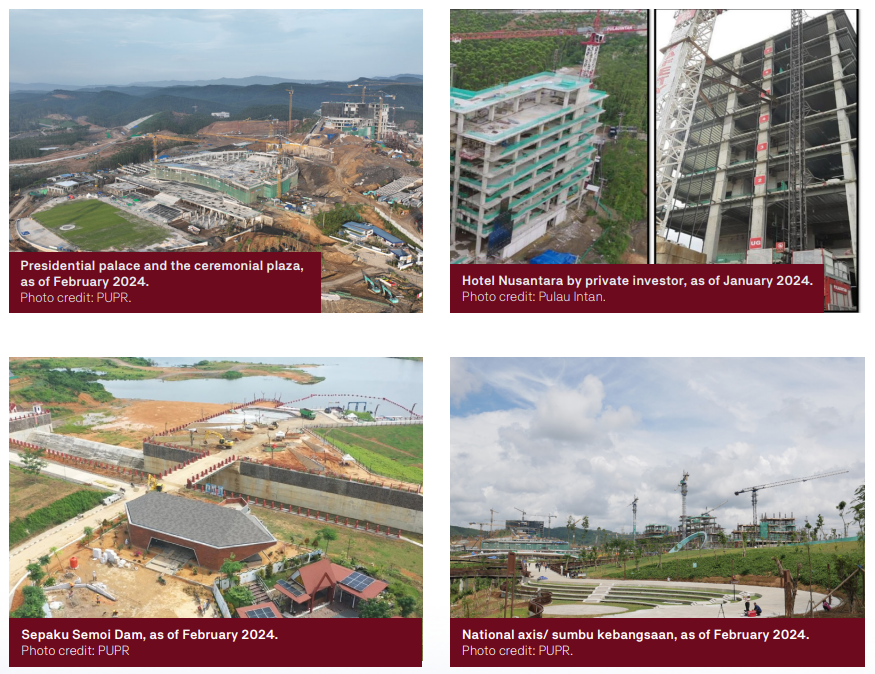
STRATEGY II: Energy (No Fossil Fuel for Energy, Electricity, and Transportation)
By 2030, the city aims to rely 100% on renewable electricity and to be electrically self-sufficient. And by 2040, all transportation will be fully electric. The city will promote soft mobility like walking and cycling thanks to its “10-minute city” design. What is more, solar panels and other renewable energy sources will be built to make the city energy independent.
STRATEGY III: IPPU (Green Building Design and Materials)
This strategy focuses on reducing emissions by using low-carbon construction materials. Techniques include adding 50% special materials in cement, recycling concrete, developing eco-friendly concrete processes, and building factories to produce less polluting cement.
STRATEGY IV: Waste Management (Reduce, Reuse, Recycle, and Circular Approach)
Waste management will follow a circular economy model, focusing on reducing, reusing, and recycling waste (3R). The objective is to eliminate organic waste through composting, collecting 100% of waste, and recycling 80% of it.
STRATEGY V: Agriculture (Climate-Friendly Agriculture)
The city will promote sustainable farming practices like agroforestry and urban farming to help capture carbon. Farmers will also receive support during their transition to these sustainable practices. Additionally, agricultural waste will be converted into biochar (a fertilizer made from burned waste) to enrich soil and store carbon.

